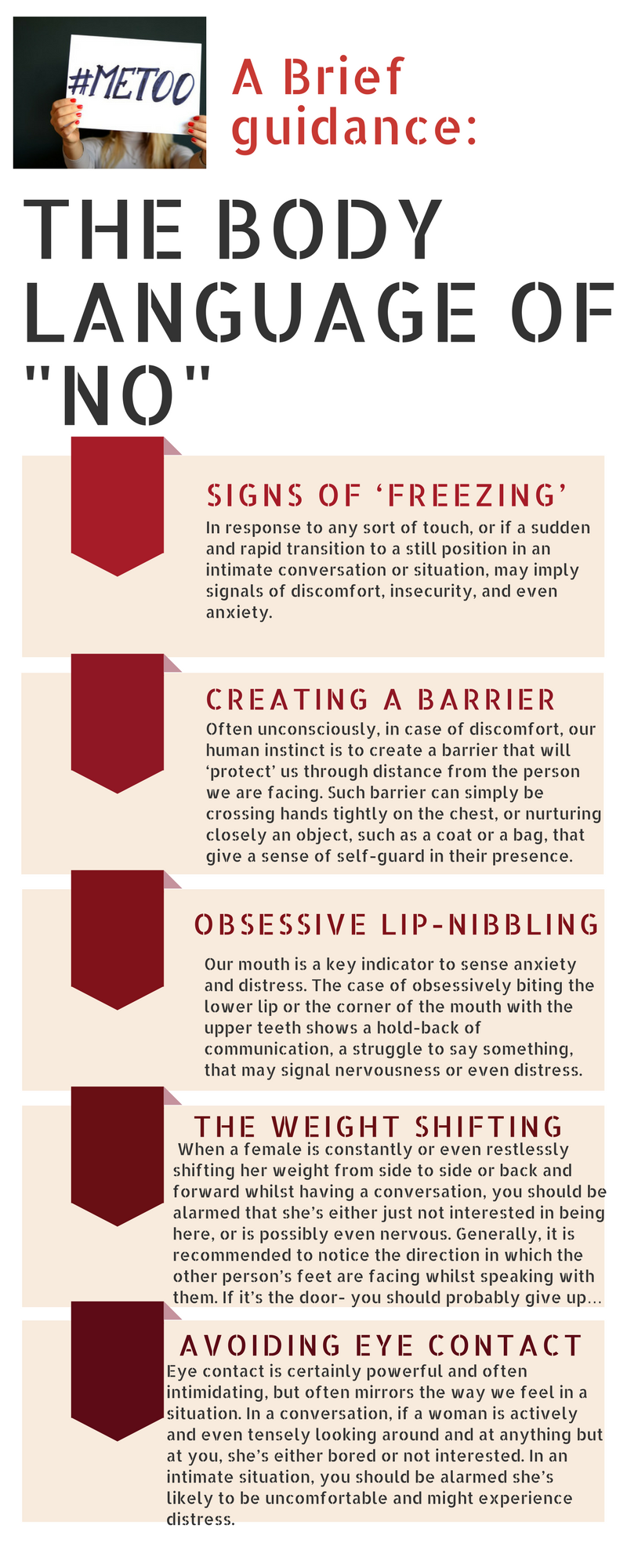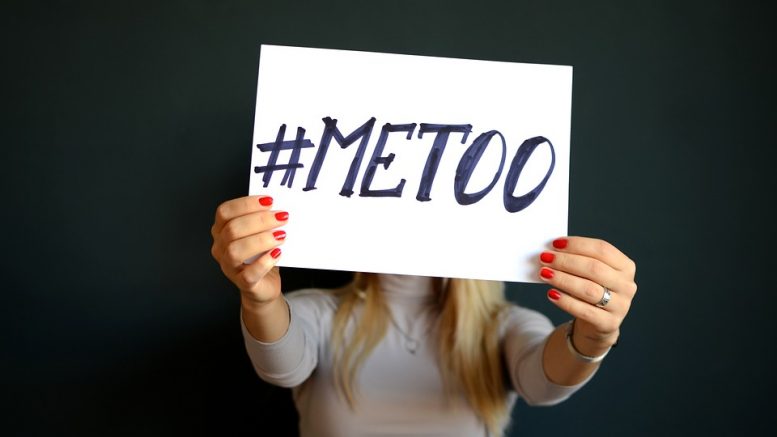Misinterpretations, ‘grey-areas’, and the line between flirtation and harassment are key in the current public discussion that accompanies the bustling #MeToo Campaign. The wisdom of body-language and the psychology of behaviour may assist us in reducing the scale of future “MeToo” stories to come.

‘Louder than words’. Photo credit: Flickr.com
An alarming survey published by the BBC earlier this morning, October 25th, has revealed that half of British women and a fifth of men have been sexually harassed at their workplace or educational institutions, throughout their lives. Some 2,000 people were taking part in the live survey, which has been conducted by BBC Radio 5. Worryingly, as to the BBC, 63% of the female victims have claimed they didn’t report the incidents to anyone, and neither did 79% of the male victims.
This morning’s publication has joined a recent and a rather loaded global public discourse in the context of sexual assaults. The widespread of stories and debates, publicly known as the “MeToo” online campaign, accompanies the sexual offences’ claims that have recently been revealed against the American film producer Harvey Weinstein.
Notably, besides the enormous awareness and support the campaign has reached on the global scale, it has importantly highlighted some educational gaps in our society, associated with those so-called ‘grey areas’ and the case of wrong interpretations. Such misconceptions may be explained, without being justified, by the wisdom of psychological approach to body language.
Dr Peter Collett, Psychologist and an expert of Body Language and Human Behaviour, has explained: “Psychologically, men tend to shift their interpretation of female body language in a way that is self-serving; they do not want to feel rejected, and it has a lot to do with masculine pride”. Oddly perhaps, he explains that when a woman is “playing hard to get”, men often wrongly interpret it as an encouragement, possibly as a way to defend their pride and self-esteem.
In both psychological and criminal literature, indications on body language’s misinterpretation are being broadly examined in the context of sexual offences. The understanding of body-language would rightly not justify or protect offenders, but may certainly contribute to our public wisdom in spotting and be assessing those ‘red lights’, that can be just as equal to a ‘No’.

The guidance above is based both on Dr Collett’s interview to the Daily Mail (2011), as well as the wisdom shared in the book “What Every Body Is Saying”, by the body expert Joe Navaro.
Words: Adi Cohen/ Subbing: Pamela Machado

